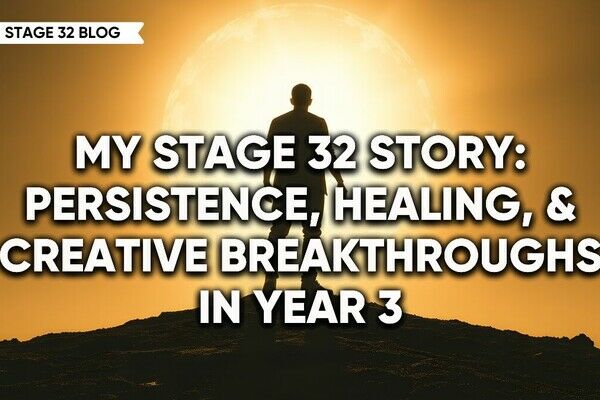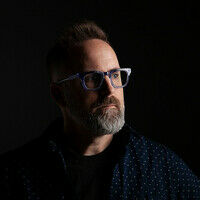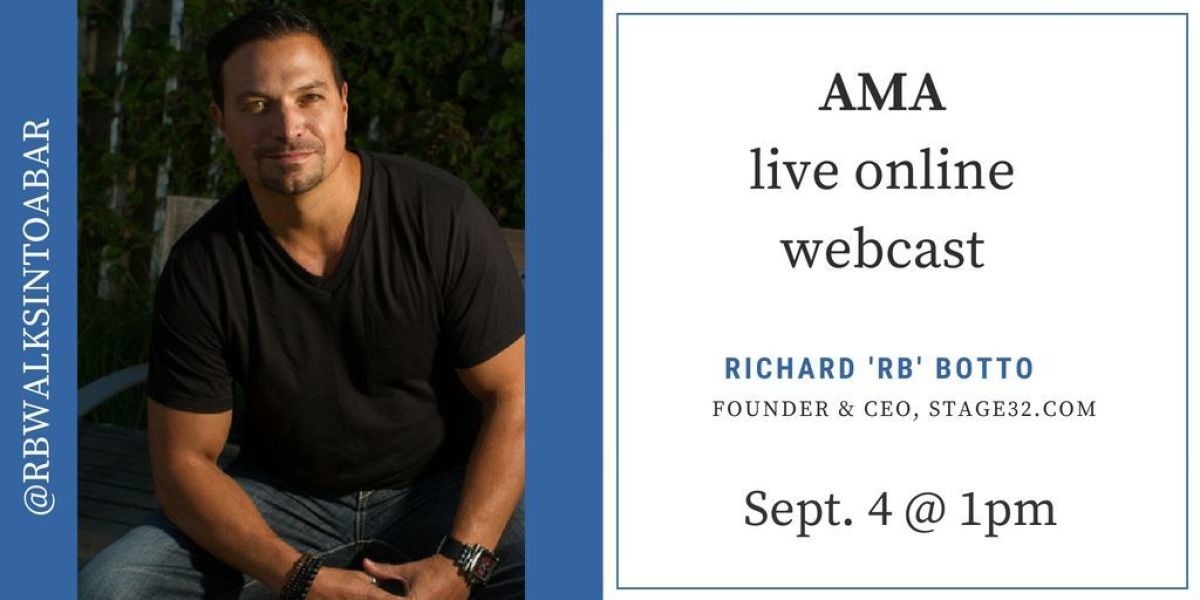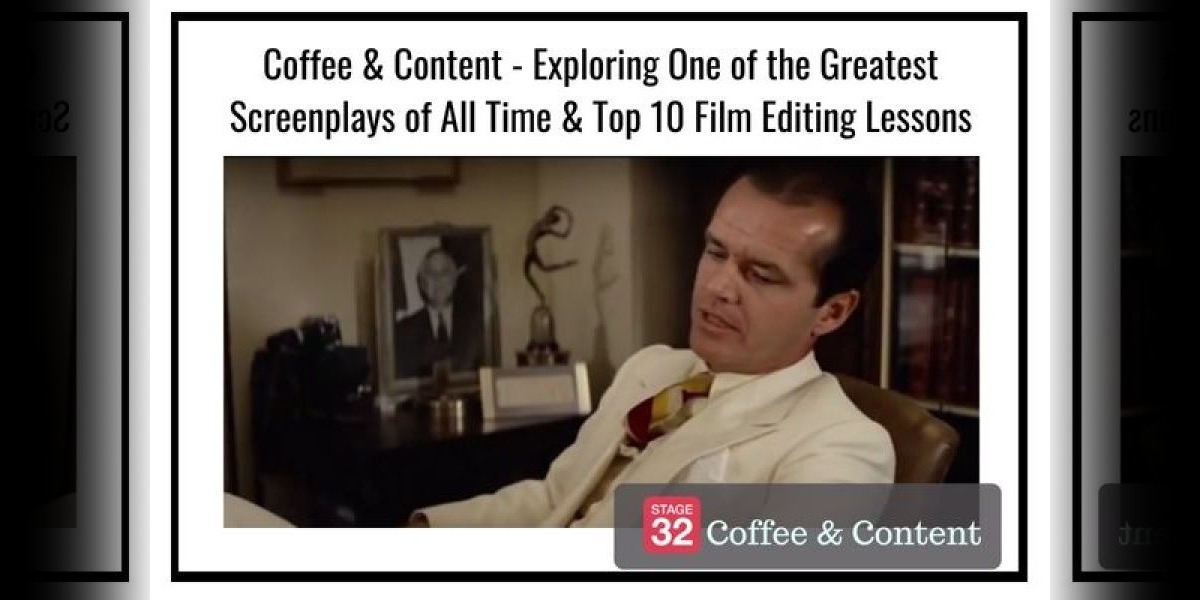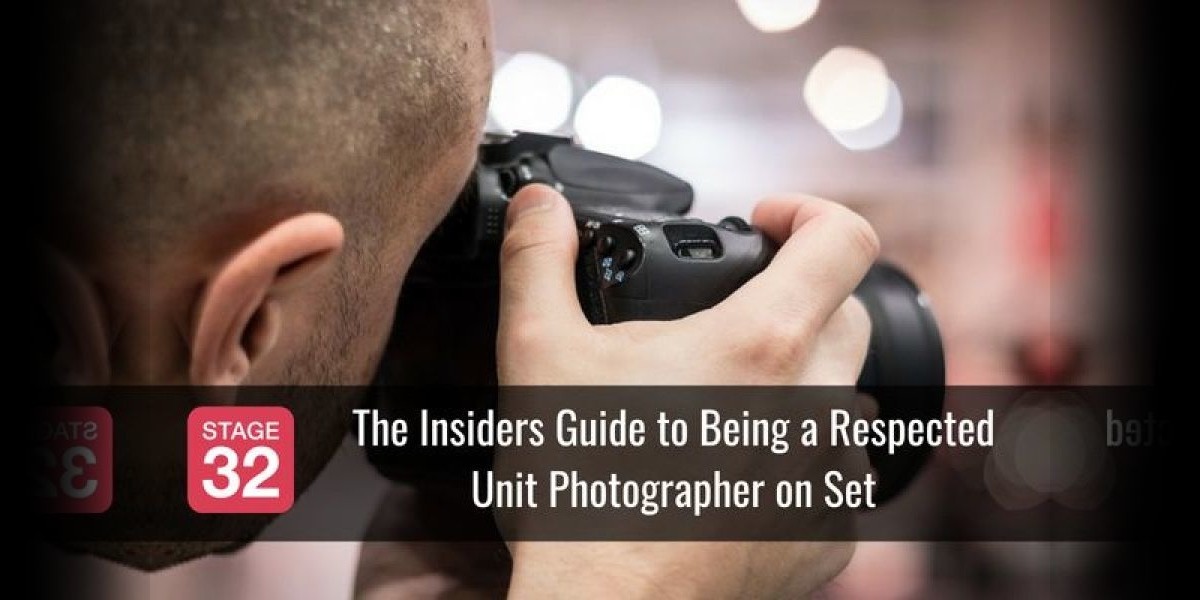The Insiders Guide to Being a Respected Unit Photographer on Set
So it finally happened: you’ve been shooting stills for years and somebody from the motion world calls and asks you to shoot BTS (behind the scenes) or EPK (electronic press kit) stills for an upcoming production. Then you find out it is for a major TV network with an A-list talent.
You have a moment of panic because you’ve never used silent camera mode and/or you’ve never shot someone famous.
This was my story.
When I began my still work in the motion world, those first few assignments were terrifying. Now, after many years of being on set, my most fun assignments are working in film and television production with big crews consisting of 200 people or more.
If you’d like to learn how to shoot stills for major productions, stay with me. I’ve got the goods from here on out:

1) Say Hello as a Professional
My first job as a set photographer was for a multimillion-dollar TV commercial, but I wasn’t working for the production company. I had a friend who ran a medical prop shop and also shared a set-building business in Manhattan. The set-building business serviced some of the most significant projects at the time. We were all talking one day, and I told them that the production should document what they were doing because it was so impressive. I also suggested they use the photographs to sell their skills to future clients.
A few days later, much to my pleasant surprise, the set building company called and hired me for a studio shoot in Long Island City where a production was underway.
When I arrived at the studio, I discovered that the shoot was for L’Oréal Cosmetics, and Andie MacDowell would be on set for the recording. I was insanely excited, and also nervous because I was a stranger on this set. I could hardly focus. Who doesn't love Andie MacDowell? She was on set when I arrived, delivering some of her lines for the commercial. I decided to sit back and observe the scene and give myself a moment to tune into the environment. I urge any first-timers to do the same.
Once I felt more grounded, I began to introduce myself to people who seemed to be in charge. The most important thing you can do is say, "Hello." It will alert the crew you are there to work and begin to build trust on set. I did the same with Andie MacDowell. While I didn’t know initially how to approach her, I realized it was the professional thing to do. But do it when you are both in a position off camera.

2) Respect The Talent
DO NOT ask for a selfie! It will end your rapport with the crew. One has to realize that when talent is off camera, they are in “pause” mode and don't need the paparazzi/fan attack of a camera in their face while trying to relax between takes.
When you have A-list talent, it’s a great idea to keep your lens off of them unless they are in the scene being shot. By the way, she was genuinely excellent and it immediately calmed me.
The studio, or wherever you may, be is a charged environment. Everyone is hyper-focused and multitasking. Sometimes it’s hard to get a word in with anyone. When the crew becomes quiet, they may be listening to their NDB (nondirectional beacon headset) for direction. When this happens, wait. Be patient.
3) Learn Your Crew
If possible, try and get a copy of the call sheet from the client or production office pre-shoot. Typically, network TV is produced in Los Angeles or New York, and the production office is available to answer any logistical questions before or during the shoot.
You may have to get the contact number from someone on set, but that’s typically easy to do.
There are a few good people to seek out upon your arrival: the 1st AD, DP, 1st and 2nd AC, and the director (in this order).
You’re going to be shooting alongside these people and literally rubbing elbows. In most cases, you won't even meet the director face to face because he or she doesn’t have the bandwidth to engage during shooting.

4) Don’t Take it Personally
The camera crew will sometimes try and bump you entirely out of the way, and you won’t get the shot. Let's face it, as the set photographer you are immediately judged as a low priority, not so necessary, annoying part of the production. There is an easy way to change that. Say hello and keep your name circulating around the set. Eventually, the crew will ask you if there is anything specific you need. At all costs, try to be a fly on the wall and if you want something specific, get your shot when it's appropriate, but be quick!
5) The Best Way to Shoot
Technically speaking, I like to shoot on AV mode so my f-stop can mirror the film camera. The latest lines of mirrorless and digital DSLRs have a silent mode feature that has been a Godsend for set photography. As much as we love the sound of a shutter clicking, it is not allowed during the production recording. It also distracts the talent.
I would suggest shooting as high of an ISO as possible to freeze motion and minimize noise/grain. Some noticeable grain is typically acceptable in your shots; emotion cameras use lighting that has much lower wattage in power, and most people who hire you will know this.
One of the only continual camera setting changes I make is the ISO. When composing a shot, I try to watch the scene and its framing on the monitors from the video village or on the film camera directly. This is going to be my shot, too, and it’s what the client would expect to see.
On a big crew, there may be four or five people working a single camera and all its movements. It’s okay to step out of the way for the practice take and see where you might be able to jam in and get your shot. Shoot as many frames as possible and try to shoot each take because you want to get those happy moments between the lines that are not spoken. Nobody looks good with their mouth open while delivering their lines to the camera.
6) Dress For Comfort
Film and TV shoots are long, long days. We love the environment. We would stay all night if our loved ones didn't mind, and sometimes we do it anyhow. But how do we survive it?
It’s all about your feet. Make sure you have a solid pair of closed-toe running or trail shoes to wear. I recommend having a second pair you can change into during lunch. I have found that a change of shoes or even just socks can refresh your feet from the muscle fatigue.
7) Stay Hydrated and Satiated
Hydration may be the most important thing you’ll need to keep you going, but sometimes even the most experienced forget to drink water during a busy day.
Begin your hydration at home and end it at home. If you experience dehydration, drink something sweet and salty. Coconut water works great, but vitamin C packets in water are the second-best option to keep up your electrolytes.
This may seem rudimentary, but it’s necessary to keep feeling great in a fast-paced, high-pressure environment. Make sure you eat frequent small meals, too, especially on sets work 12 hours days or longer. Every time you have a snack, it’s also a moment to take a brief break, and those little breaks help keep you sharp all day.
 Derek and James Gandolfini at a movie release party for HBO that Derek was camera operator for.
Derek and James Gandolfini at a movie release party for HBO that Derek was camera operator for.
In my many years on big crews, a big-name talent has only yelled me at once, and that was because I didn't say hello before I took a snap of her and the director in a candid moment off camera.
When it comes to finding work as a still photographer, there are many back channels to film and television production, and, with a little research, you can find your way onto a set. Just think about who works for who, and who works for them, and then follow the food chain. Eventually you'll figure it out and you’ll know who to start talking to.
Film and TV crews have inspired me to become a better photographer and now a full-time filmmaker. I have learned so much about lighting, directing, producing, and life just from observing the productions, especially the bigger ones. Set photography takes practice, and I would suggest volunteering on a no-budget film to get your feet wet. Make a splash, have fun, and say hello to me right here on Stage 32!

Derek Johnson began his film journey in New York City 2001 with the documentation
of the 9/11 events, which were recognized and published in feature movies by companies
such as HBO, CNN, NHK, National Geographic. and The History Channel. All of this work
had global distribution with well over 35 million viewers, including an Emmy Award for
the HBO publication. Since then, Derek has found himself working on indie features,
television commercials and music videos, and in roles such as director, director of photography,
art director, graphic designer, and production assistant. Since the beginning of 2016, he
began focusing on his role in motion pictures as a director for commercial and independent projects.
IMDB Page : http://www.imdb.me/derekjohnsonphoto
Like this blog post? Please share it on social media (Facebook, Twitter, LinkedIn, email etc) by using social media buttons at the top of the blog. Or post to your personal blog and anywhere else you feel appropriate. Thank you.
As always, we welcome thoughts and remarks on ANY of the content above in the Comments section below...
| Did You Register for RB's "Ask Me Anything?" (It's Today!) |
| Coffee & Content - Exploring One of the Greatest Screenplays of All Time & Top 10 Film Editing Lessons |
Search Stage 32 Blog
There are now 4043 blog posts for you to enjoy. Search them all by tags below.
Acting, Advice, Cinematography, Coffee & Content, Composing, Contests, Distribution, Featured, Filmmaking, Financing, Inspirational, Networking, Producing, Screenwriting, Success Stories, Tips, Trending,Relevant Tags
Recommended Articles

Stage 32 Certification Featured In IndieWire!
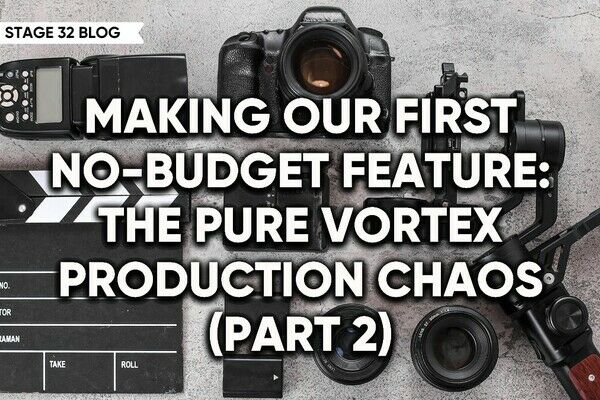
Making Our First No-Budget Feature: The Pure Vortex Production Chaos (Part 2)

Stage 32 Now Certifying the Dallas Film Commission!

Stage 32 Is My Magic Key To International Networking And Education

Forbes Spotlights Stage 32 Certification!

How to Get Help from Stage 32: Meet the Teams Behind the Scenes

What Stage 32's Community Is Really About (Beyond Scripts, Sets, and Showreels)

Coffee & Content: The Genius of Weapons and How to Know When Your Script Is Ready

Coffee & Content: Low Stakes Stories, High Stakes Decisions
